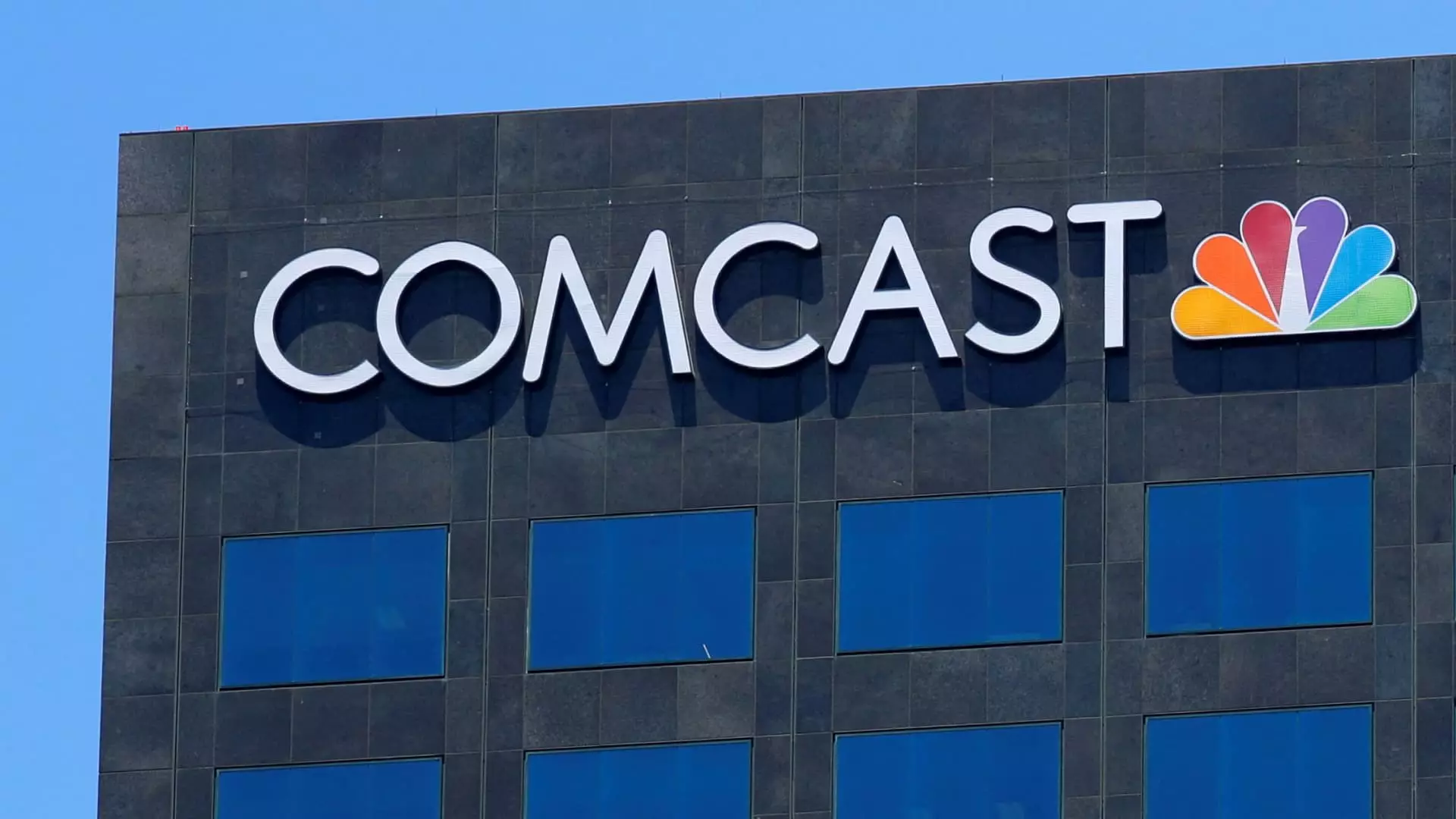In a significant shift within the media landscape, Comcast has embarked on a spinoff of its cable network channels, positioning itself to adapt to the ongoing evolution in viewer preferences and content consumption. With reports surfacing from reliable sources, it appears that the spinoff is not just a fleeting consideration but a well-planned endeavor set to unfold over the next year. The anticipated announcement could reshape how Comcast operates and interacts with its vast portfolio of networks, including E!, Syfy, and USA Network.
At the helm of this new venture will be Mark Lazarus, the current chairman of NBCUniversal’s media group. His appointment signifies a commitment to experienced leadership during what is expected to be a transformative phase for the company. Supporting him will be Anand Kini, who will take on the role of Chief Financial Officer and operating chief. This new leadership structure suggests that Comcast is keen on maintaining stability and industry expertise as it navigates its split from traditional cable operations. Meanwhile, Brian Roberts, the Chairman and CEO of Comcast, will still wield influence through his voting shares, although he will step back from formal executive duties.
The rationale behind the spinoff extends beyond mere restructuring; it taps into the broader trends shaping the media industry. With a marked increase in cord-cutting, where viewers abandon traditional pay TV for streaming services, Comcast aims to enhance its flexibility. By establishing a standalone company from its cable networks, it can create opportunities for mergers or sales that could enhance value for shareholders. Importantly, this maneuver is being crafted to be tax-free, a strategic financial consideration that will likely resonate with investors.
While the potential benefits of the spinoff are evident, the path forward is not without challenges. Key factors including the need to address existing licensing agreements and the operational dynamics of networks like MSNBC and CNBC, which have interdependencies with NBC News, must be navigated. These complexities underscore the intricate nature of media operations today, where traditional broadcasting must harmonize with modern strategies. The next year is expected to see a careful balancing act as discussions and negotiations are initiated to ensure a seamless transition.
Despite the increasing preferences for streaming, traditional cable networks still play a crucial role in generating revenue. Comcast’s recent report indicated a significant uptick in its media segment’s revenue, attributed largely to events such as the Olympics. With third-quarter revenue soaring nearly 37% to $8.23 billion, the financial health of Comcast’s cable networks remains robust. Yet, the question of how a spinoff may impact future revenue streams is pivotal. Analysts will be closely monitoring whether the new entity can sustain similar profitability in the increasingly competitive landscape of digital streaming and viewership.
As Comcast proceeds with this strategic spinoff, it illustrates the company’s acknowledgment of evolving consumer habits and its intent to remain competitive in a rapidly shifting media landscape. While the leadership revamp and structural adjustments signal a proactive approach, success will ultimately hinge on how effectively the new entity navigates its operational landscape amidst changing consumer dynamics. This initiative not only reflects a commitment to adapt but also a broader narrative in the media industry, wherein traditional networks must continuously innovate or risk obsolescence. As the announcement looms, stakeholders and market watchers will keenly observe how Comcast crafts its future in these turbulent waters.

